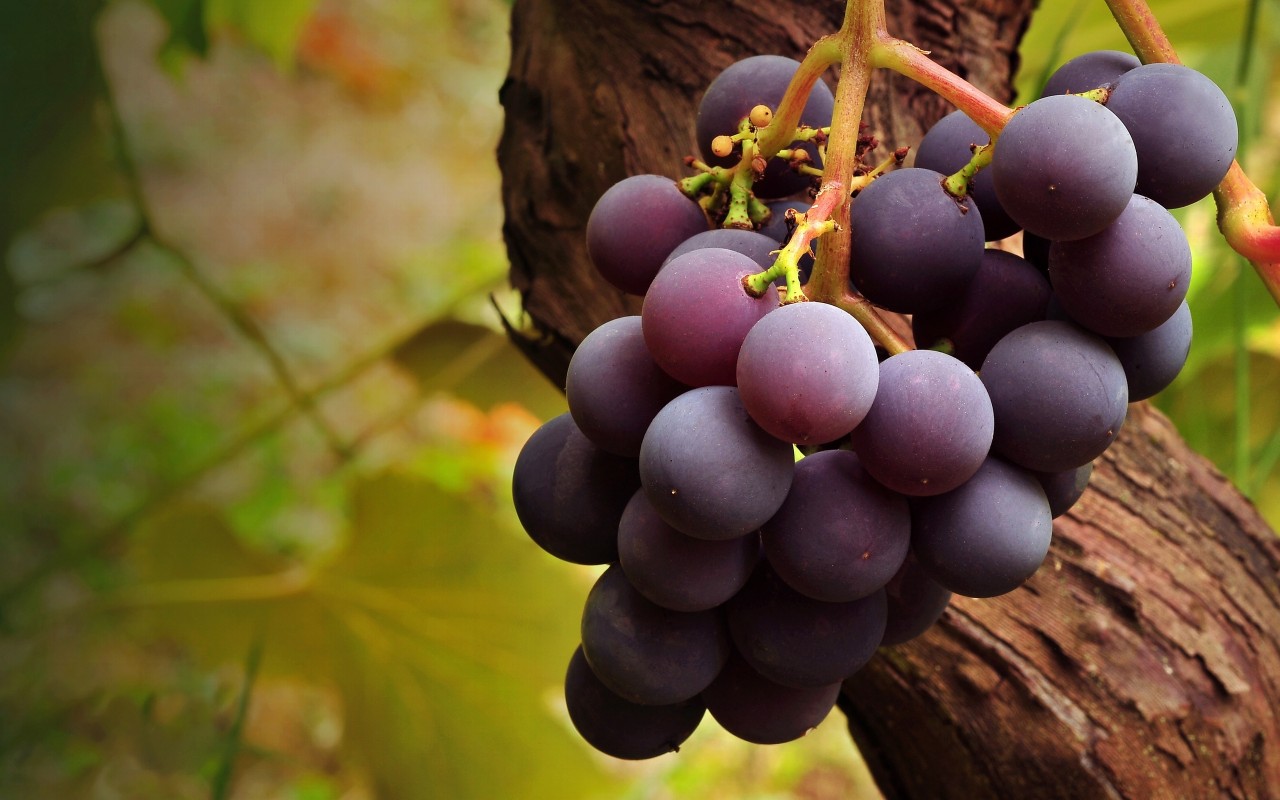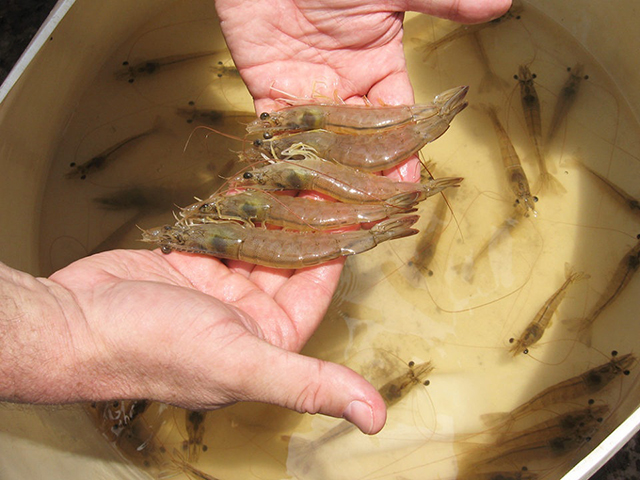Hơn 2000 năm trước, người Trung Quốc đã biết và sử dụng thực phẩm dinh dưỡng tốt cho sức khỏe. Thế nhưng khoảng 50 năm trở lại đây, các nước Phương Tây mới bắt đầu nhận biết được điều này.
Bên cạnh những loại thực vật có chứa Resveratrol như: cây Polygonum cuspidatum, hà thủ ô… được nhắc đến nhiều ở Trung Quốc với công dụng phòng mỡ máu cao, ngừa xơ cứng động mạch, thì hiện nay các nhà nghiên cứu lại tìm thấy trong nho chứa lượng Resveratrol khá phong phú. Tỷ lệ mắc bệnh mỡ máu cao của người Pháp thấp liên quan đến thói quen uống rượu vang hàng ngày. Điều tra phát hiện trong rượu vang đỏ chứa lượng Resveratrol là 1 mg/L, cao nhất có thể đạt 7 mg/L, mà trong rượu vang trắng hàm lượng này thấp hơn 0.1 mg/L. Cho nên tác dụng giảm huyết áp của Resveratrol là không thể nghi ngờ.
Arichi H, et al. Effects of stilbene components of the roots of Polygonum cuspidatum. Chem. Pharm. Bull. 1982; 30: 1766–1770.
Resveratrol là chất chống oxy hóa, thuộc họ phenol (Polyphenol), có khả năng kháng oxy hóa mạnh. Tuy không bằng Lycopene, nhưng sự phân bố sau khi hấp thụ Resveratrol khác so với Lycopene, cho nên tác dụng cũng không giống nhau. Công dụng chính của Resveratrol là phòng ngừa bệnh tim mạch, xơ cứng động mạch, chống oxy hóa, kháng khối u… Y học đã chứng minh, sở dĩ Resveratrol có thể phòng ngừa xơ cứng động mạch là nhờ khả năng giảm oxy hóa LDL.
♦ Esterbauer H., et al. The role of lipid peroxidation and antioxidants in oxidative modification of LDL. Free Radic. Biol. Med. 1992; 13: 341–390.
♦ Frankel EN, et al. Inhibition of human LDL oxidation by resveratrol. Lancet 1993; 341: 1103–1104.
♦ Morillon JM, et al. Antioxidant activity of the stilbene astringin, newly extracted from Vitis vinifera cell cultures. Clin Chem 1997,43:1092-1093.
♦ Miller NJ, & Rice-Evans CA. Antioxidant activity of resveratrol in red wine. Clin. Chem. 1995; 41: 1789a.
♦ Fuhrman B, et al. Consumption of red wine with meals reduces the susceptibility of human plasma and low-density lipoprotein to lipid peroxidation. Am. J.Clin. Nutr.1995; 61: 549–554.
♦ Fremont L, et al. Antioxidant activity of resveratrol and alcohol-free wine polyphenols related to LDL oxidation and polyunsaturated fatty acids. Life Sci. 1999;64:2511-2521.
♦ Zou JG, et al. Effects of resveratrol on oxidative modification of human low density lipoprotein. Chin Med J 2000;113:99-102.
♦ Ariam O, et a1. Inhibition of vascular smooth muscle cell proliferation with red wine and red wine polyphenols.J Vasc Surg 2002; 35: 1226-1232.
♦ Csiszar A, et al. Resveratrol attenuates TNF-a-induced activation of coronary arterial endothelial cells: role of NF-kB inhibition. Am J Physiol Heart Circ Physiol 2006; 291: H1694–H1699.
Đã chứng minh trên cơ thể động vật, sử dụng Resveratrol lâu dài có thể giúp hạ huyết áp, mềm hóa mạch máu.
Rivera L, et al. Long-term resveratrol administration reduces metabolic disturbances and lowers blood pressure in obese Zucker rats. Biochem Pharmacol. 2009; 77(6):1053-63.
Viện y học của Đại học Quốc lập Đài Loan vào năm 2000 đã chứng minh Resveratrol có thể bảo vệ tim.
♦ Hung LM, et al. Cardioprotective effect of resveratrol, a natural antioxidant derived from grapes. Cardiovascular Research 2000; 47: 549–55.
♦ Cơ chế bảo vệ này sau 2 năm đã bị người khác đưa tin.
EI-Mowafy AM.Resveratrol activates membrane-bound guanylyl cyclase in coronary arterial smooth muscle:A novel signaling mechanism in support of coronary protection.Biochem Biophysio Res Commu 2002; 291: 1218-1224.
Resveratrol có chức năng thúc đẩy giải phóng NO, kháng tụ máu, đây chính là nhân tố quan trọng giảm chứng nhồi máu cơ tim.
♦ Hattori R, et al. Pharmacological preconditioning with resveratrol: role of nitric oxide. Am. J. Physiol. 2002; 282: H1988 – H1995.
♦ Orsini F et al. Insolation, synthesis, and antiplatele aggregation activity of resveratrol 3-0-beta-D-glucopyranoside and related compounds. J. Nat. Prod. 1997; 60: 1082 – 1087
Một số nghiên cứu của người Nhật chứng minh Resveratrol có tác dụng bảo vệ gan.
Kawada N, et al. Effect of antioxidants, resveratrol, quercetin, and N-acetylcysteine, on the functions of cultured rat hepatic stellate cells and Kupffer cells. Hepatology 1998; 27: 1265–1274.
















